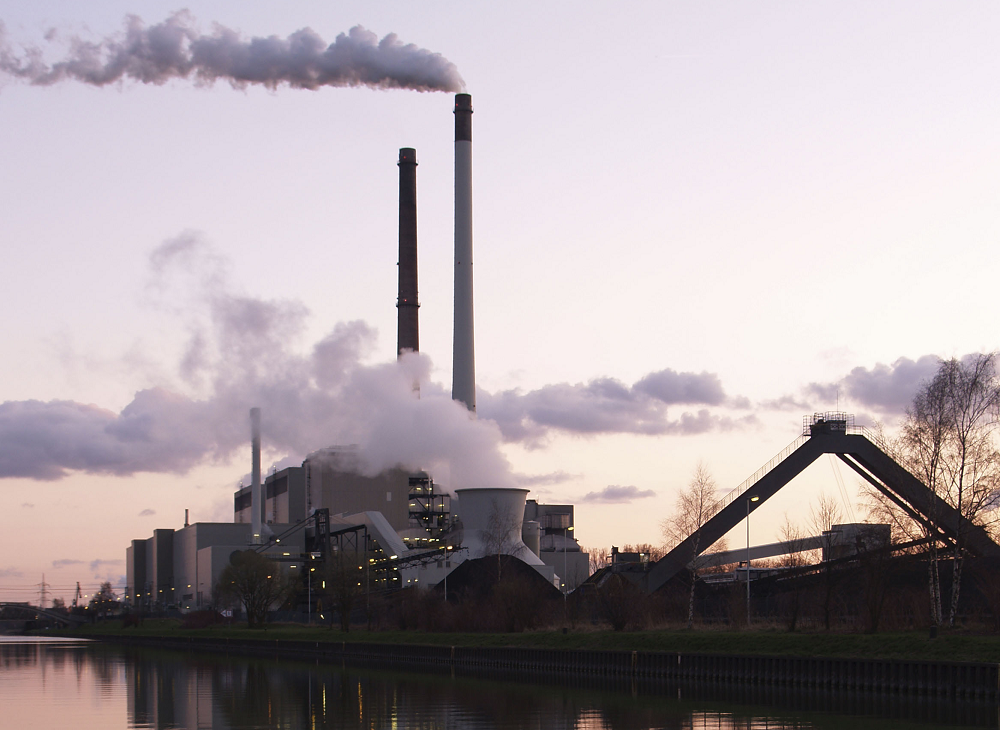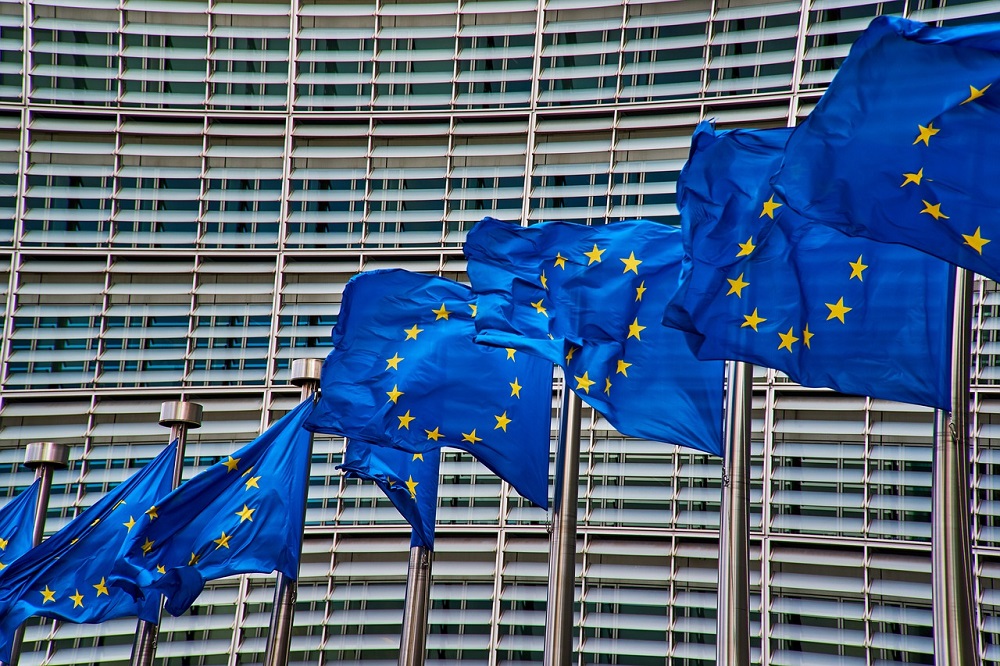
Net imports of electricity across Europe have risen seven-fold since 2017, with a significant proportion originating from coal power plants in countries without a tax policy on carbon pricing.
This is leading to the creation of “offshore carbon havens” just beyond the EU’s borders in countries such as Morocco, Ukraine and Turkey, with an estimated 57 gigawatts (GW) of new coal capacity planned for development in regions connected — or soon to be so — to EU power grids.
Most new coal power additions that could deliver carbon-heavy electricity to the EU are expected to be built in Turkey, Egypt, Bosnia & Herzegovina, and Serbia — with five other regions likely to become connected to EU member states by 2025.
The analysis comes from climate think tank Sandbag, which says 21 terawatt-hours (TWh) of electricity was imported into Europe in 2019, accounting for an estimated 26 million tonnes of carbon dioxide emissions — roughly equivalent to the entire coal fleet of Italy.
Moreover, it says that if import tariffs had been paid on this power generation equivalent to Europe’s carbon price, around €630m would have been raised in tax revenue.
Sandbag electricity analyst Dr Chris Rosslowe said: “European Union policy is driving a new wave of coal plant building just beyond its borders. This high-carbon power is sneaking into the EU grid.
“The solution isn’t too complicated though — a border tax on the carbon in this imported electricity.
“With this one new policy, we can spread the emissions-cutting influence of the EU beyond its borders, and help neighbouring countries build clean energy faster.”
Europe has been trying to lower its dependence on coal power
The coal power phase-out across Europe is gathering pace as policymakers strive to deliver on environmental and emissions targets in line with the Paris Agreement and respond to growing public pressure to address climate issues.
Earlier this month, Germany took the significant step of committing to shut off all its coal-fired electricity generation facilities, and the EU as a whole has made broader commitments to become a carbon-neutral bloc by 2050.
Carbon tariffs have long been a feature of European economics, with the EU Emissions Trading System (EU ETS) — the world’s largest such initiative — having been set up in 2005.
The scheme sets a cap on the total amount of greenhouse gases that can be emitted during a given period, allowing companies in member states to trade emission allowances between themselves.
The cap is being gradually reduced to cut total emissions over time, as well as incentivising investment in low-carbon energy as an alternative.
At the end of each year, firms must be able to surrender enough allowances to cover all their emissions, otherwise heavy fines are imposed.
If a company reduces its emissions, it can keep the spare allowances to cover its future needs, or sell them to another company that is short of allowances.

But the absence of an equivalent carbon tax on electricity imports is providing an opportunity for neighbouring countries outside EU jurisdiction to export tariff-free coal power into the region’s power grids.
MEP and Committee on Industry member Ville Niinistö said: “We in the EU are on a clear path to a renewables-based electricity system, and our neighbours should be as well.
“If we set up a carbon border tax for electricity, we would avoid exporting our emissions and bring our neighbours on board the shift to renewables.”
Some countries in Europe are more exposed to coal power imports than others
Sandbag’s research showed the EU countries most exposed to coal power imports are Greece, Finland, Spain, Croatia and Romania.
Bankwatch Romania coal campaigner Dan Dobre said: “The efforts of EU member states to decarbonise their energy systems will be in vain if the power they are importing is just as dirty.
“In 2019, Romania was a net importer of dirty electricity for the first time in 7 years because it failed to modernise its production system.
“Instead, the country needs a coherent support scheme for renewables and more concrete steps to meet its huge energy efficiency potential.”
Friends of the Earth Finland campaigner Vera Kauppinen added: “Despite its 2029 coal phase-out law and ambitious climate-neutrality target for 2035, Finland remains the largest importer of high-carbon electricity in the EU.
“Finnish electricity from outside the EU is exclusively imported from Russia, with an average carbon intensity three times higher than Finland.
“Introducing a border carbon adjustment on electricity in the EU would incentivise coal phase-out and low-carbon electricity generation in neighbouring states.”






